| 85 | |
| 71 | |
| 76 | |
| 79 | |
| 77 | |
| 74 | |
| 71 | |
| 83 | |
| 85 | |
| 67 | |
| 79 | |
| 104 | |
| 79 | |
| 85 | |
| 80 | |
| 79 | |
| 98 | |
| 83 | |
| 84 | |
| 79 | |
| 79 | |
| 84 | |
| 78 | |
| 76 | |
| 87 | |
| 87 | |
| 110 | |
| 82 | |
| 84 | |
| 76 | |
| 99 | |
| 82 | |
| 102 | |
| 92 | |
| 83 | |
| 92 | |
| 79 | |
| 94 | |
| 99 | |
| 90 | |
| 86 | |
| 80 | |
| 79 | |
| 76 | |
| 89 | |
| 83 | |
| 101 | |
| 93 | |
| 110 | |
| 69 | |
| 81 | |
| 89 | |
| 78 | |
| 99 | |
| 96 | |
| 77 | |
| 81 | |
| 71 | |
| 86 | |
| 96 | |
| 104 | |
| 87 | |
| 92 | |
| 95 | |
| 82 | |
| 97 | |
| 83 | |
| 126 | |
| 87 | |
| 107 | |
| 85 | |
| 78 | |
| 85 | |
| 92 | |
| 89 | |
| 90 | |
| 88 | |
| 102 | |
| 93 | |
| 101 | |
| 106 | |
| 96 | |
| 101 | |
| 115 | |
| 95 | |
| 93 | |
| 83 | |
| 96 | |
| 98 | |
| 85 | |
| 83 | |
| 79 | |
| 87 | |
| 85 | |
| 87 | |
| 109 | |
| 86 | |
| 75 | |
| 99 | |
| 92 | |
| 82 | |
| 107 | |
| 95 | |
| 91 | |
| 86 | |
| 88 | |
| 95 | |
| 89 | |
| 81 | |
| 102 | |
| 94 | |
| 93 | |
| 95 | |
| 68 | |
| 86 | |
| 94 | |
| 114 | |
| 100 | |
| 89 | |
| 72 | |
| 76 | |
| 89 | |
| 98 | |
| 104 | |
| 89 | |
| 102 | |
| 92 | |
| 76 | |
| 81 | |
| 73 | |
| 86 | |
| 99 | |
| 74 | |
| 77 | |
| 75 | |
| 71 | |
| 81 | |
| 90 | |
| 100 | |
| 77 | |
| 76 | |
| 73 | |
| 92 | |
| 78 | |
| 87 | |
| 76 | |
| 84 | |
| 72 | |
| 75 | |
| 86 | |
| 90 | |
| 80 | |
| 82 | |
| 82 | |
| 72 | |
| 94 | |
| 87 | |
| 95 | |
| 86 | |
| 76 | |
| 93 | |
| 73 | |
| 72 | |
| 77 | |
| 82 | |
| 81 | |
| 74 | |
| 72 | |
| 80 | |
| 79 | |
| 77 | |
| 71 | |
| 82 | |
| 78 | |
| 91 | |
| 58 | |
| 81 | |
| 69 | |
| 81 | |
| 89 | |
| 75 | |
| 50 |
|
| ||||||||||||||||||||||||
|
| ||||||||||||||||||||||||
Realistic off-road driving simulator SnowRunner wouldn't be the same without several types of terrain and types of tires under them. From the guide you will learn what and for which road surfaces it is better to set.
Every task or route is worth researching to understand what kind of road surface you will encounter.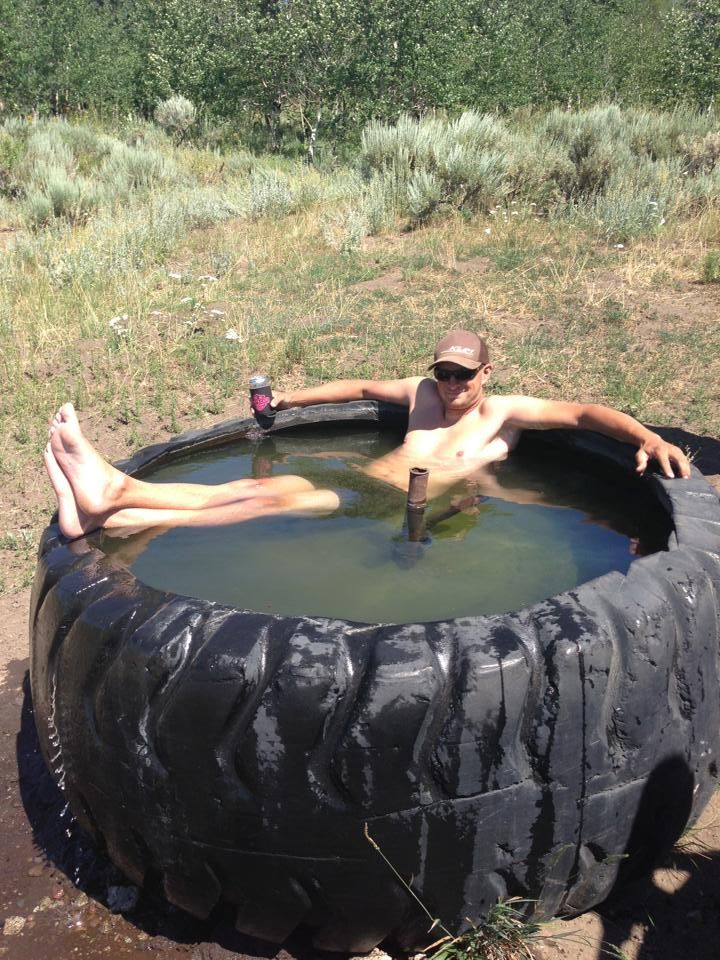 There are good asphalt and gravel roads in the game, but much more with soft or muddy ground. There is also frank off-road with huge pits and slopes. Often you will have to wade across rivers, or even drive along their bottom, overcoming the current. In Alaska, you will drive entirely on snow and ice.
There are good asphalt and gravel roads in the game, but much more with soft or muddy ground. There is also frank off-road with huge pits and slopes. Often you will have to wade across rivers, or even drive along their bottom, overcoming the current. In Alaska, you will drive entirely on snow and ice.
To overcome these difficult conditions, the developers have added five types of tires - road, off-road, all-terrain, mud ("mud") and tires wrapped with chains. Here they are in order in the pictures below:
In most tests, mud tires perform the best. And if you consider that there are few asphalt roads in the game, but there are more than enough gravel roads and muddy off-road, then “mud trucks” become the best choice. Their only drawback is the high price, almost equal to tires with chains.
Off-road and all-terrain tires perform almost identically in all conditions. Choose from personal preference or money.
In game conditions, the larger the diameter of the wheels, the better, even on asphalt, which can be explained by better flotation. Therefore, install the largest wheels and already select tires for them.
Therefore, install the largest wheels and already select tires for them.
When accelerating and braking on asphalt, ordinary road tires perform best. And handling with them is also better when driving on a winding and narrow road, which can help in a number of tasks.
Wearing mudguards or chains will give you the same result, obviously worse than road wheels. All-terrain tires behave unusually - they accelerate very well, at the level of road tires, but slow down the worst.
Mud runners are, of course, the best at handling mud. They easily overcome soft or completely muddy mud, showing the best results in handling. All data while driving in first gear with AWD and differential engaged.
ATVs and chains are far inferior to mud tires, both in speed and braking, and in handling. But who definitely does not need to be installed is asphalt tires. The car on them is practically not controlled and will inevitably stall.
The car on them is practically not controlled and will inevitably stall.
Here the situation is almost the same as the previous one: the best result is for mud trucks. All-terrain tires can perform satisfactorily, but tires with chains can't. It is better not to use road tires, the car will not drive on them, but will simply get stuck in a swamp.
The situation is similar with the crossing of mud pits (broken dirt road where water has flowed into the pits). Mud tires are the best way to overcome them, you can also take all-terrain vehicles. Tires with chains are a little worse, but tires for asphalt are almost useless, sooner or later you will get stuck on them in the mud.
When driving on ice (for example, a frozen river) and snow, only tires with chains show good acceleration, braking and handling. So make sure you have them before you go to Alaska.
An unpleasant surprise is that all other types of tires are almost uncontrollable, constantly moving off the road when cornering. Road tires can only slip and slide at all, so forget about them.
Again, asphalt tires perform poorly: any river in SnowRunner can become an insurmountable obstacle for them, especially if the width of the river is greater than the length of the wheelbase and it will not be possible to pass it at speed.
Chain tires also show mediocre results, although the car rides on them, but very slowly. Average performance for all-terrain vehicles (and therefore off-road, as we wrote in the first paragraph).
It is best to ford, or even against the flow of the river, standard “mud trucks” show themselves, and they are far ahead of competitors in terms of acceleration and handling.
That's it. Happy driving!
WHEN TO CHANGE TIRES
Science and life // Illustrations
Ice on the road stays for a long time in the lowlands, near the forest (if the trees come close to the road), at the shoulders, in shaded yards, on the northern slopes.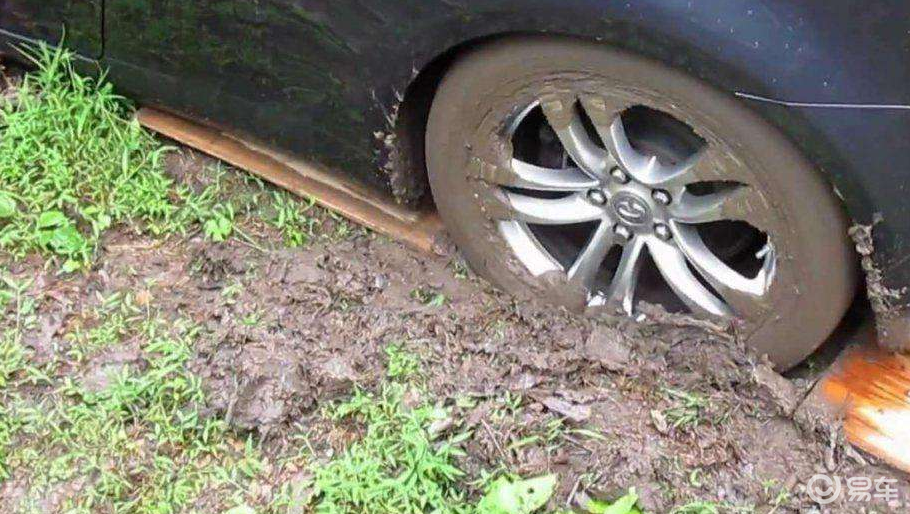
Hydroplaning leaves a thin layer of water between the tread and the road surface. The coefficient of friction is reduced to almost zero, and the car ceases to obey the steering wheel.
‹
›
View full size
Spring is a very difficult season. And for motorists in particular. First of all, the question arises: when to change winter tires to summer ones? You can definitely answer it only in the April Fool's issue, and even then the joke will not be very successful. A lot of parameters affect the choice of tires: this is the average air temperature day and night, and the quality of the road surface, and the presence of ice, snow and mud on it. That is, it all depends on what roads and in what conditions you have to drive.
If the temperature has exceeded +5 to C, you can switch to summer tires. But only if your trips are limited mainly to urban areas and busy highways. For country trips, knowing only the air temperature is not enough. It is also necessary to take into account the real condition of the roads: those that are not driven too much are freed from ice much later than city streets and highways, and until they dry out, it is better not to go there on summer tires.
It is also necessary to take into account the real condition of the roads: those that are not driven too much are freed from ice much later than city streets and highways, and until they dry out, it is better not to go there on summer tires.
Winter tires are not in vain marked with the icon "M + S", which means "mud + snow", that is, "mud + snow". Due to the sparseness of the pattern on the mud, winter tires behave much better than summer ones. Summer tires are noticeably stiffer than winter tires. At low temperatures, it is not able to provide reliable tight contact with the road. And the "summer" tread pattern is not designed for driving on ice, snow and mud.
In spring and summer, hydroplaning is a dangerous phenomenon. Its essence is that a layer of water remains between the tread and the road, which simply does not have time to flow out of the contact zone, and the wheel at this time literally floats above the road without touching its canvas. Modern summer tires resist hydroplaning quite well.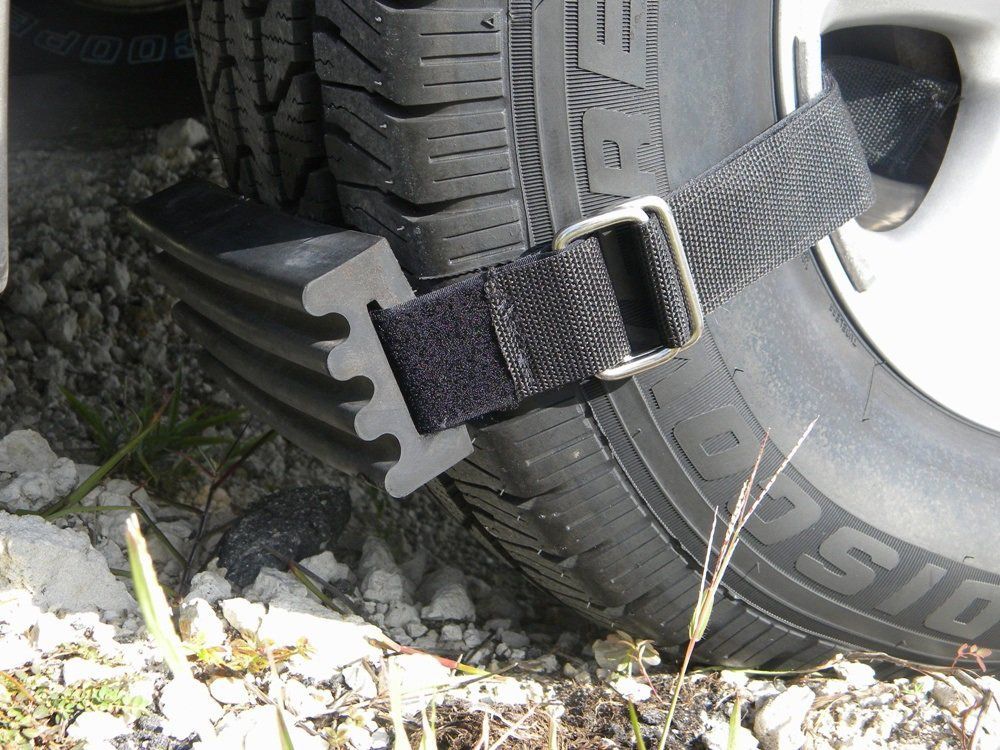 But exactly until the water turns into a snow-mud porridge. Against this disaster, most summer tire models are powerless. "Salo" clogs the compact summer tread pattern, and the car starts to slide. The sparse pattern of winter wheels in motion is cleared of adhering dirt, and hydroplaning (one might even say "mud planing") does not occur. And yet, as soon as it gets warm and the roads dry out, you should change winter tires to summer ones, all because of the same rubber properties: winter tires are too soft for warm asphalt, they “hold the road” worse and wear out much faster.
But exactly until the water turns into a snow-mud porridge. Against this disaster, most summer tire models are powerless. "Salo" clogs the compact summer tread pattern, and the car starts to slide. The sparse pattern of winter wheels in motion is cleared of adhering dirt, and hydroplaning (one might even say "mud planing") does not occur. And yet, as soon as it gets warm and the roads dry out, you should change winter tires to summer ones, all because of the same rubber properties: winter tires are too soft for warm asphalt, they “hold the road” worse and wear out much faster.
As for the so-called "all-weather" tires, they have not yet been invented for our climate. There are only more or less universal tread patterns. But such a composition of rubber, which would equally well "work" in the cold and in the heat, still does not exist. "All-weather" tires are used in America, the countries of Southern Europe, where the temperature difference between winter and summer is relatively small. And even then, in the mountainous regions of most European countries, until the very snow melts, the police simply will not let a car on the road with summer tires on the road.
And even then, in the mountainous regions of most European countries, until the very snow melts, the police simply will not let a car on the road with summer tires on the road.
GLASSES AND WIPERS
Gentle spring sun manages to melt snow and ice in a day. Water spreads in cheerful puddles, runs in streams along the roadsides, accumulates in hollows and pits. It all looks beautiful, but it causes a lot of trouble for drivers. Small droplets of dirty water (with sand, oil, rubber dust) flying from under the wheels "sit" very tightly on the windshield. If the wiper blades are worn out, hard, do not adhere well to the glass, driving becomes a torment. It is impossible to see anything on the road through the glass covered with stripes and stains. Therefore, be sure to replace the brushes in the spring. Accept that "wipers" are expendable items, just like gasoline, oil and washer fluid.
In the spring, the washer reservoir must be completely filled with antifreeze and detergent before each journey. Don't limit yourself to water. Water sometimes freezes in nozzles even at positive air temperature. Be sure to have a supply of such liquid with you.
Don't limit yourself to water. Water sometimes freezes in nozzles even at positive air temperature. Be sure to have a supply of such liquid with you.
The windshield must be kept clean. Its inner surface is wiped with a glass cleaner at least once a month, and if they smoke in the car (which, of course, should not be done), then once a week. Dirty glass, when illuminated by the headlights of oncoming cars, looks like a frosted one, nothing can be seen through it.
In spring, motorists are often annoyed by the sun. Reflecting from puddles, wet roads, snow, it blinds, plays with glare on a dirty windshield, makes the driver squint. In order not to suffer from sunbeams, always have dark glasses in the car. Light brown or gray filters work best for sun protection. You should not get carried away with colored glasses, they distort the colors of road signs, markings and traffic lights. For country trips in cloudy weather, especially if you have to travel a lot in open areas, you can use glasses with yellow or orange-brown filters, they increase the contrast of the snow. Do not get carried away with the so-called "anti-reflective" glasses. Studies conducted in the laboratory of the physiology of vision showed that they were of no use. And remember, glasses should be light and not too dark, otherwise they will cause fatigue and drowsiness.
Do not get carried away with the so-called "anti-reflective" glasses. Studies conducted in the laboratory of the physiology of vision showed that they were of no use. And remember, glasses should be light and not too dark, otherwise they will cause fatigue and drowsiness.
SPRING TRAPS
Water that has melted during the day begins to freeze in the evening, and turns into ice during the night. Most often, ice forms at the edge of the roadway, in front of intersections, near tall buildings. On country roads, ice at night and in the morning remains in the lowlands, in the forest, especially if the trees come close to the road, under bridges and overpasses. Be especially careful here.
On country roads, shoulders are a great danger. Outwardly, they may appear perfectly even and solid. However, in reality, the soil on them becomes limp, becomes loose and slippery. There is a danger, having pulled over to the side of the road, getting bogged down or slipping into a ditch.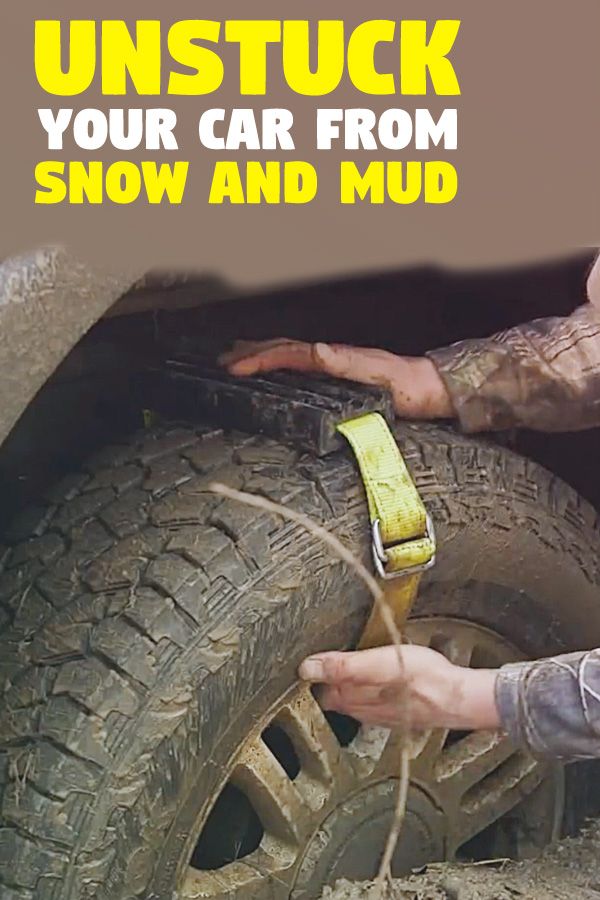 If there is a need to stop, then it is better to turn on the alarm, stop on the roadway, carefully inspect the roadside and only then drive onto it. Better yet, get to a recreation area or parking lot.
If there is a need to stop, then it is better to turn on the alarm, stop on the roadway, carefully inspect the roadside and only then drive onto it. Better yet, get to a recreation area or parking lot.
One of the most unpleasant features of "spring" roads is a large number of potholes. During the day, water flows into every crack, and at night it freezes and, expanding, splits asphalt or concrete. Sometimes a small crack is enough for passing heavy vehicles to complete this destructive job. A coating weakened by cracks breaks easily, pieces fly out, and pits form in their place. Due to the fact that there are always cracks along the edges of the pits, the next day the same thing happens, only on a larger area, and the pits grow like mushrooms after rain, making the road completely broken. In addition, the ice crust that covered it during the winter melts unevenly, and the small depressions formed on the road very soon turn into deep pits. By the way, they are even more dangerous than holes in the asphalt, because they have slippery edges, and the car starts to throw them from side to side.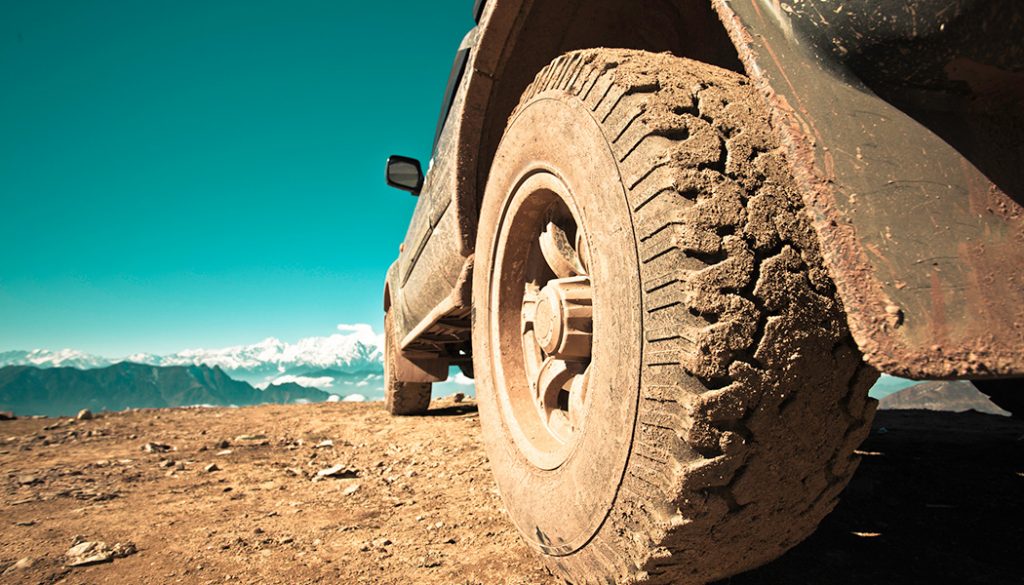
The principle "more gas - less holes" does not work here. Spring pits should be tried to bypass or overcome at low speed.
GO SILTER - GO FURTHER
Get ready for the fact that in early spring a sharp change in the quality of wheel adhesion will be waiting for you almost every tenth meter of the road. In appearance, it is completely even and dry, but suddenly it turns out to be covered with a thin ice crust, almost invisible to the eye, bristling with small irregularities and frightening with pits. Therefore, try to anticipate how road conditions may change around the next corner. The most important rule to learn is that you must not brake on ice as the car will simply lose control. You need to slow down on a flat area with stable grip.
As soon as you feel that there is ice under the wheels of the car, immediately increase the distance from the car in front. If an impudent one “climbed” into the gap, which, alas, there are quite a few on our roads, do not start, calmly let him through: your car and your nerves are more expensive.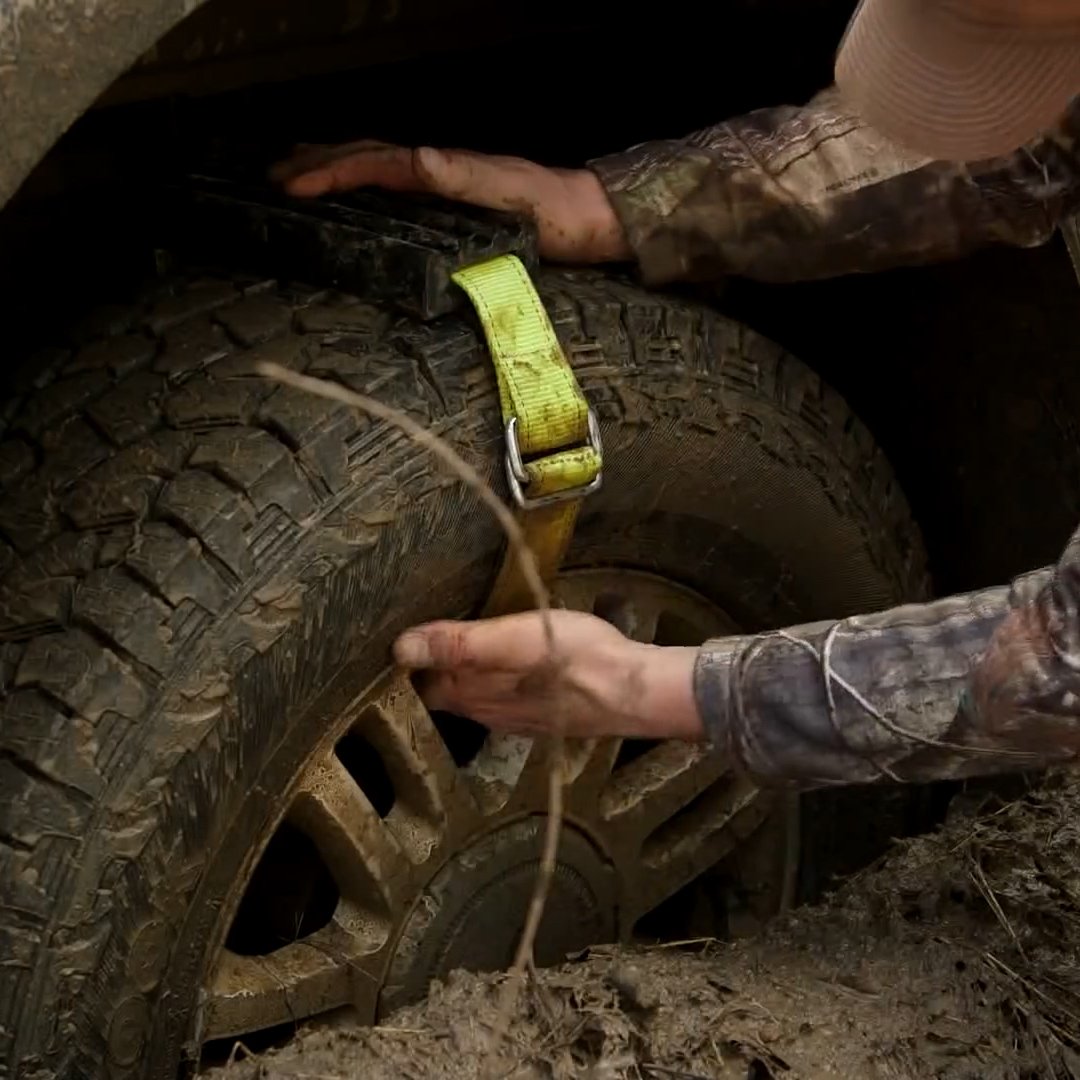 Brake very smoothly, sharp braking with a skid will not lead to good. If smooth braking is not enough, switch to intermittent or even stepped braking (see "Science and Life" No. 1, 2002). These techniques are a must for all drivers. If you can’t learn them on your own, contact a specialized Center for improving driving skills or counter-emergency training. Such organizations are now beginning to appear.
Brake very smoothly, sharp braking with a skid will not lead to good. If smooth braking is not enough, switch to intermittent or even stepped braking (see "Science and Life" No. 1, 2002). These techniques are a must for all drivers. If you can’t learn them on your own, contact a specialized Center for improving driving skills or counter-emergency training. Such organizations are now beginning to appear.
And yet, even the most careful and prudent drivers sometimes find themselves in unpleasant situations, most often associated with a skid. How to deal with this phenomenon was described in detail in the previous lesson (see "Science and Life" No. 1, 2002). Here we only recall that in order to get the car out of a skid, the steering wheel must always be turned in the direction of the displacement of the rear axle. Most drivers make this movement purely instinctively, but too sweepingly, and as a result, the car can “unwind”, that is, the rear axle will shift either in one direction or the other with increasing amplitude.